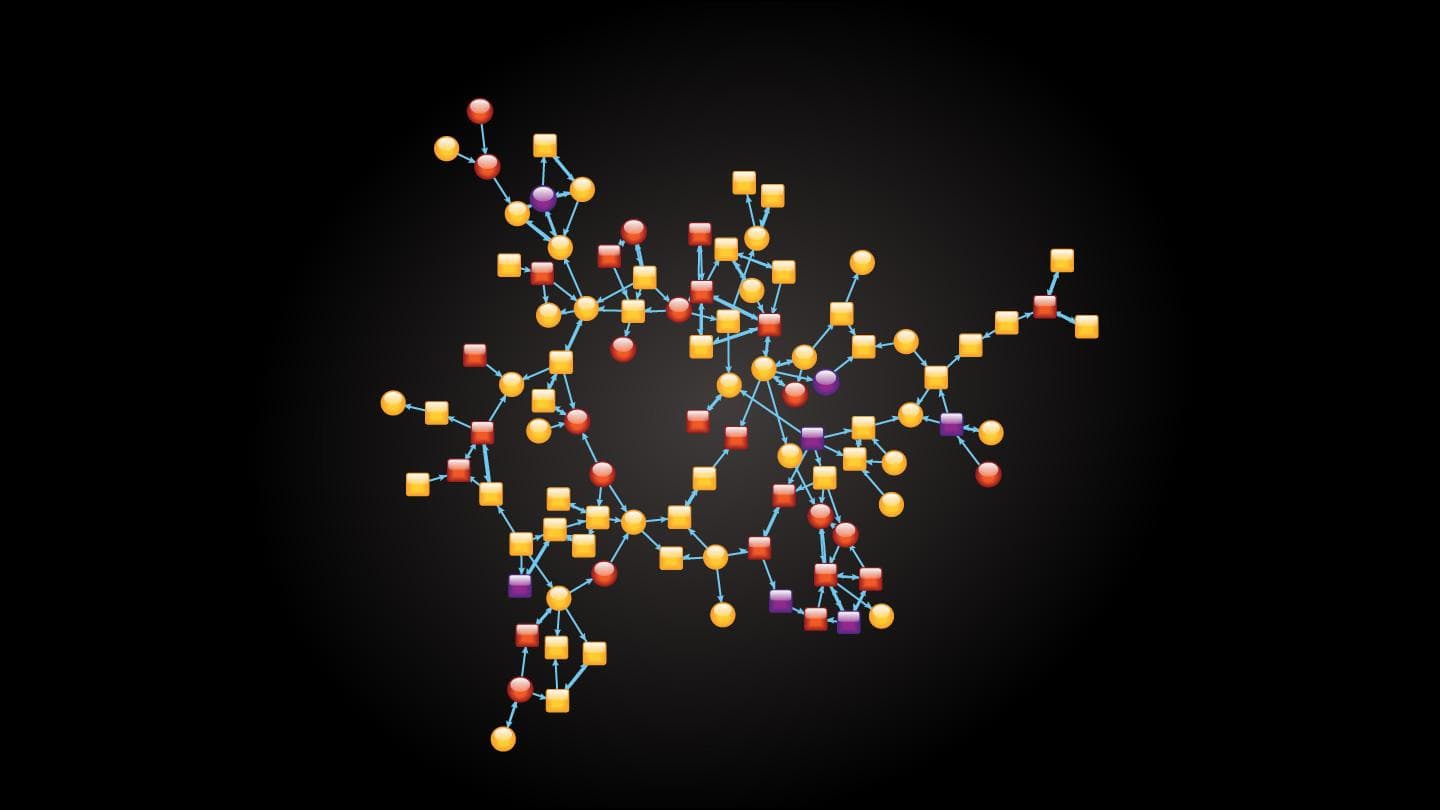How Genes Affect Our Choice of Friends
How and why are the friends we freely choose genetically similar to us? It seems likely that natural selection has shaped how we go about making and choosing friends, but this process, so fundamental to the workings of our societies, is still incompletely understood.
In 2011 and 2014 we published two landmark papers in PNAS showing that friends resemble each other not just superficially (such as political orientation or body size), but also genetically. We showed that unrelated pairs of friends are as similar to each other as people who are actually third or fourth cousins. This finding, however, was documented in US-based populations, and we would like to see if it indeed holds in a very different environment, in Honduras. If so, this would be further support for the innate functions of friendship, as documented in the 2019 book, Blueprint: The Evolutionary Origins of a Good Society.
In our field site in Honduras, where we are following 30,000 people as part of a large public health study, we have mapped all the face-to-face networks in detail (using our Trellis software platform). And we have received permission to genotype these individuals (so far, we have resources to genotype 1,000 of them). But our scientific objectives require us to have a much larger sample. With such a sample, we could examine in detail what specific sets of genes are shared in pairs of friends, relative to strangers or relatives. This information will shed light on how evolution has driven us to seek out specific attributes for incorporation into our social networks.
